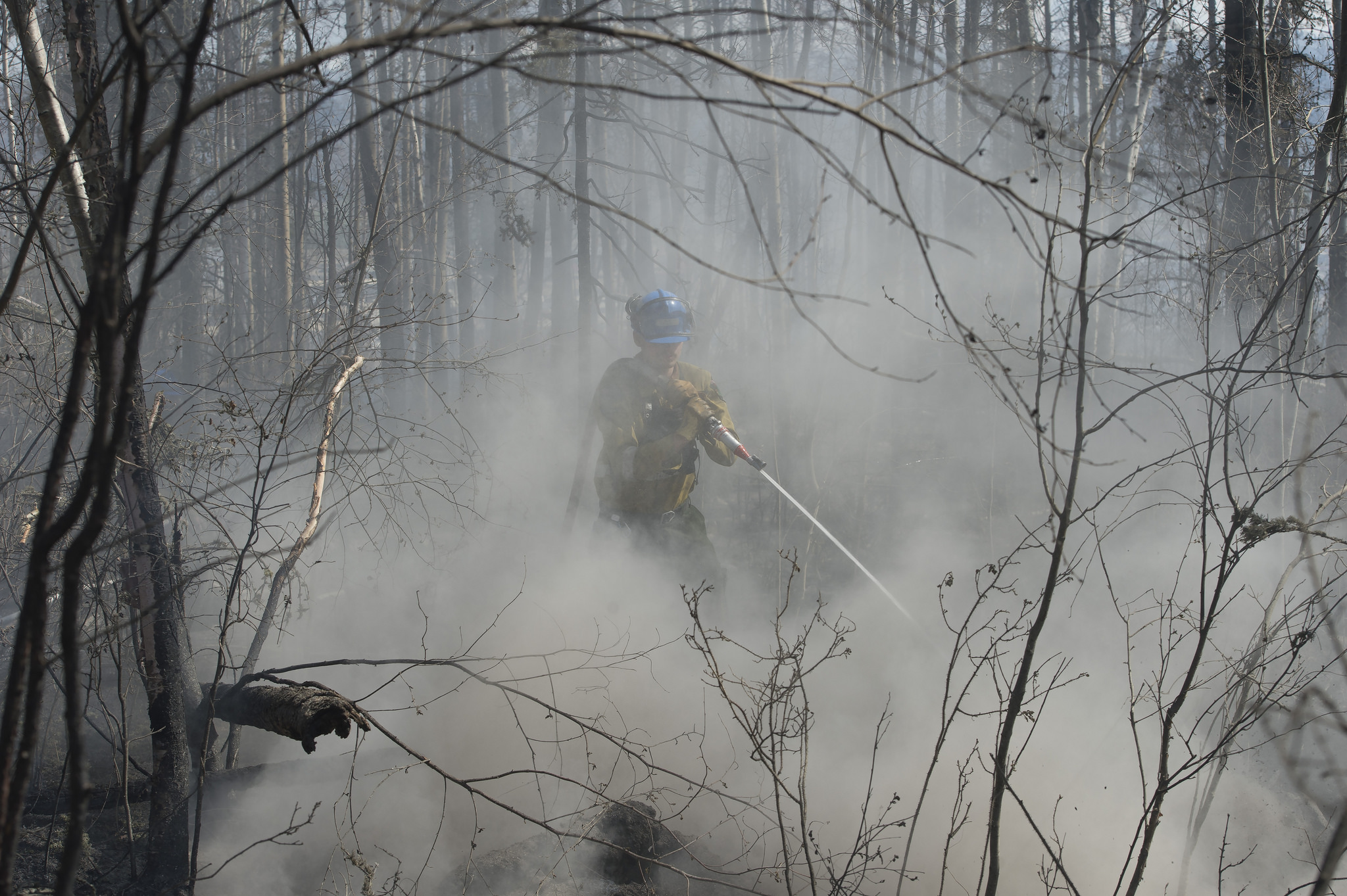Article
Fire Disasters in Canada
Disastrous fires may result from arson, accident or uncontrolled forest fire. Their impact may include lives lost, people evacuated and property damaged. Numerous fires, especially forest fires, occur in Canada every year; this article details the worst that have occurred throughout the country’s history.





